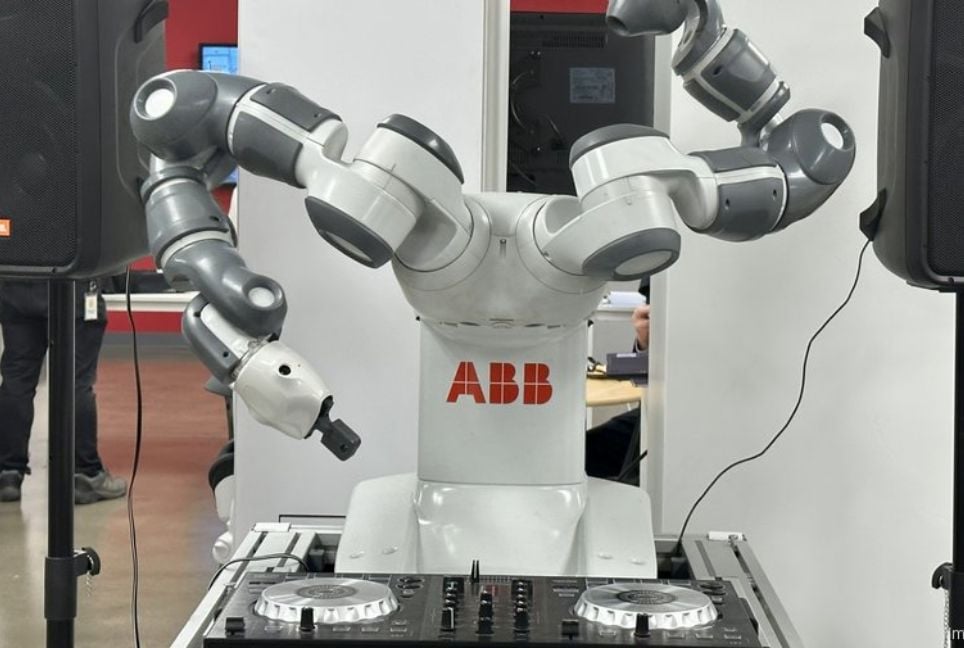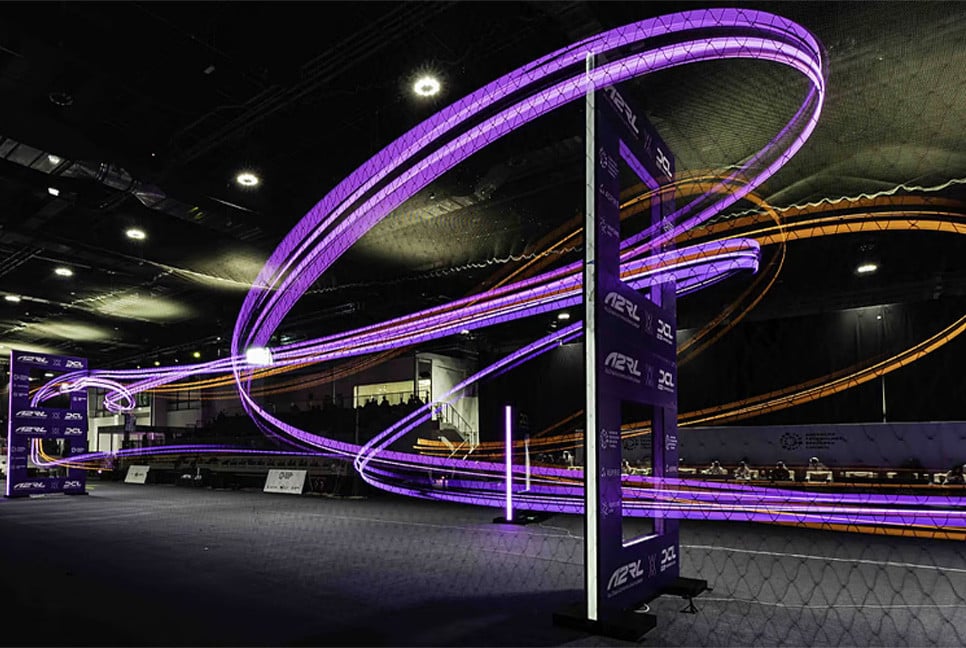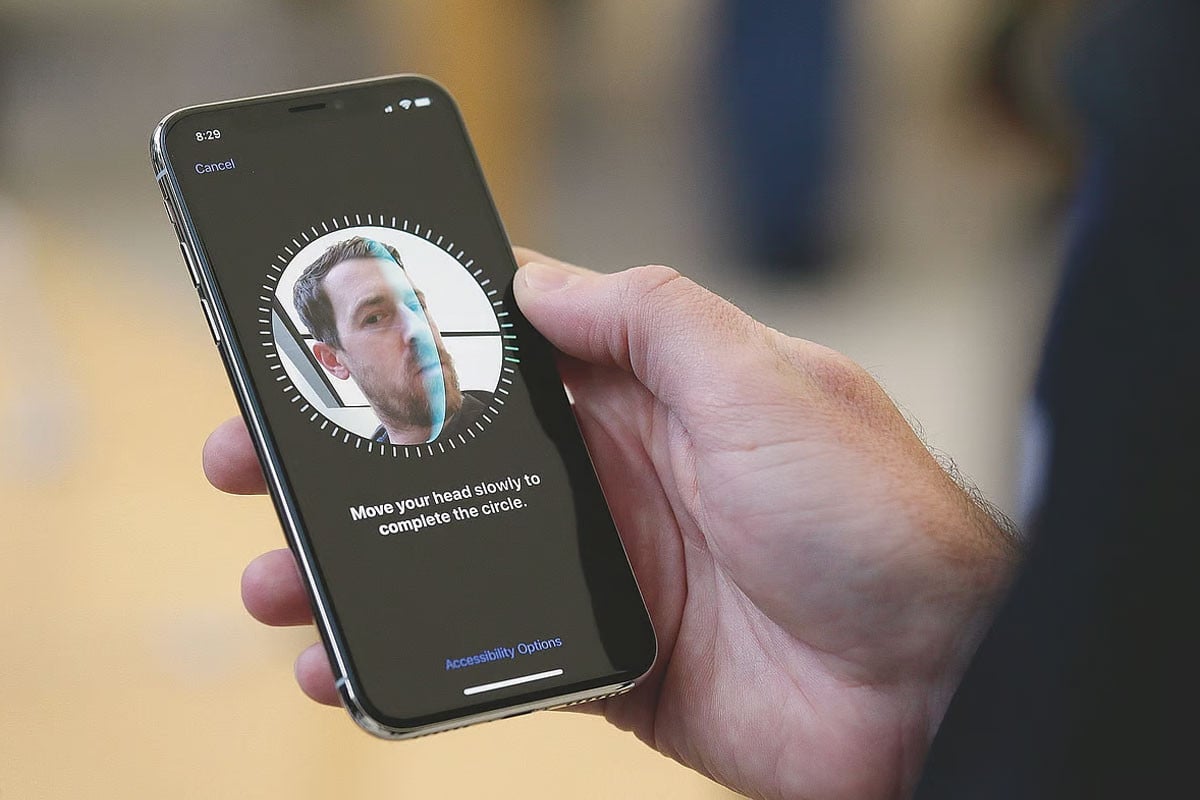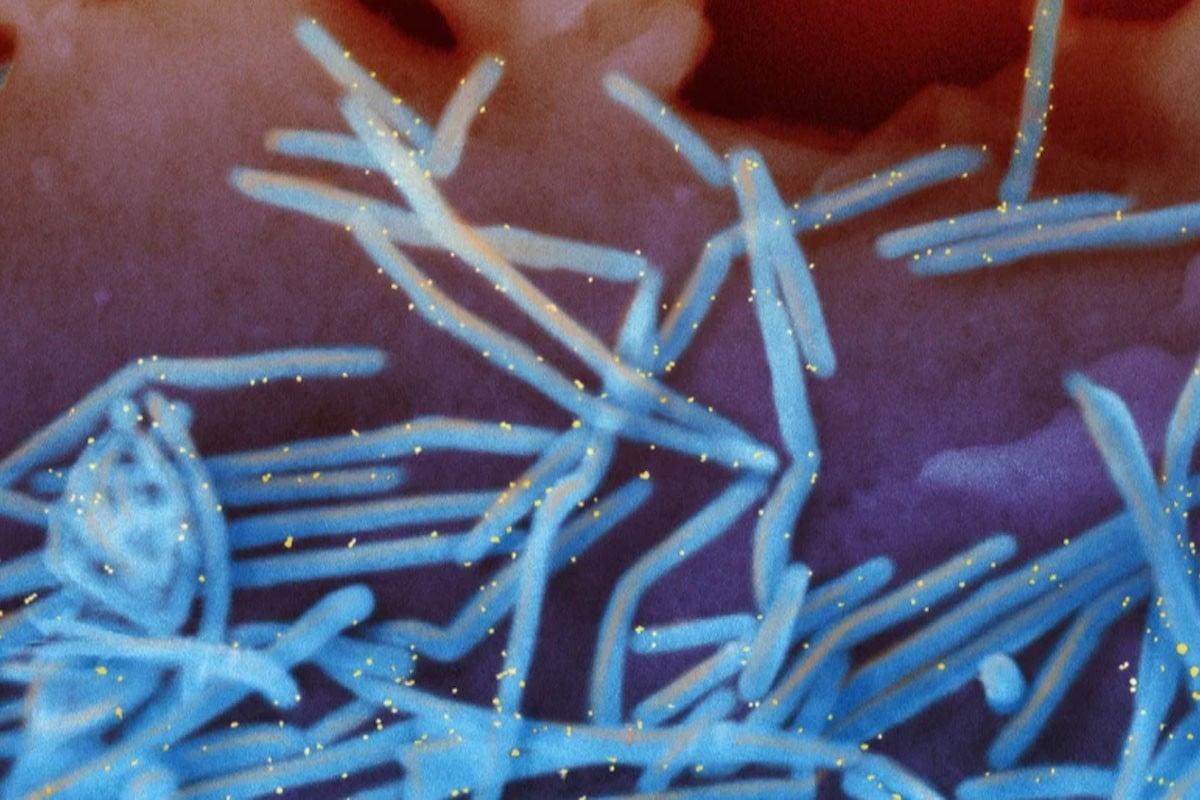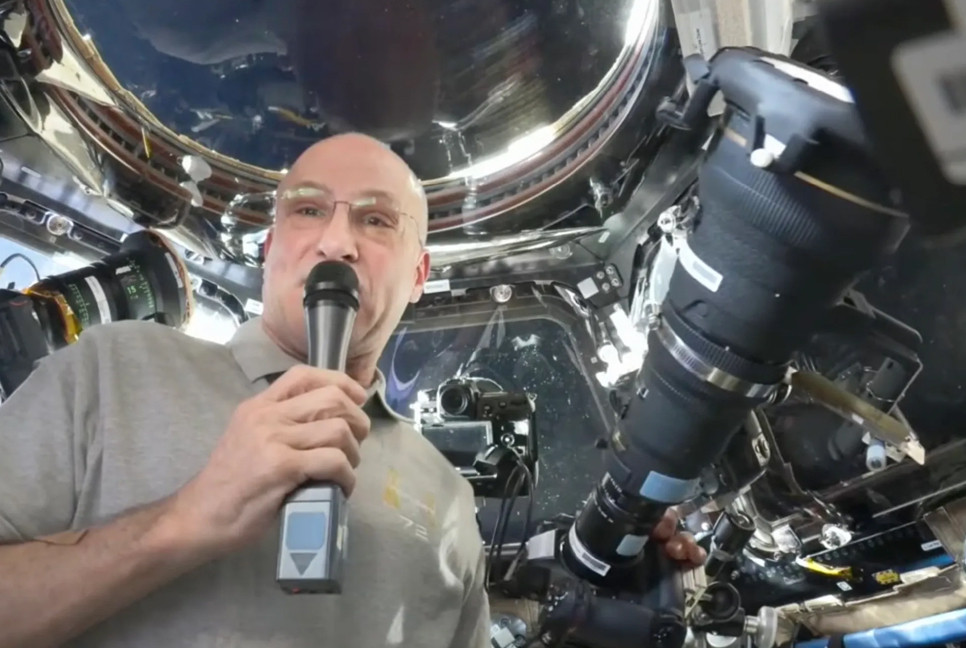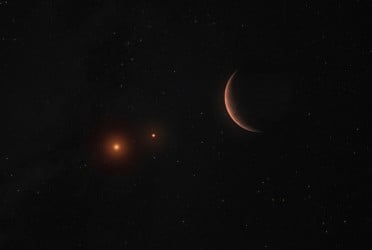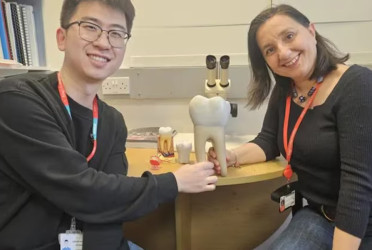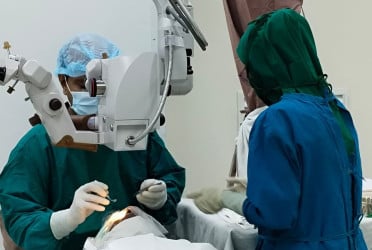Scientists have created the most detailed functional map of a brain to date, charting how 84,000 neurons in a mouse’s brain interact through 500 million synapses.
Published in Nature, the groundbreaking project used a brain sample no larger than a poppy seed and involved over 150 researchers globally, reports AP.
The data, captured while a mouse watched scenes from The Matrix and other visuals, maps out how neurons in the visual cortex process information. The mouse had been genetically engineered to have neurons that glow when activated. Researchers at Baylor College of Medicine recorded this neural activity using laser-powered microscopes.
Next, the Allen Institute sliced the mouse’s brain into over 25,000 ultra-thin layers—each thinner than a human hair—and took nearly 100 million high-resolution images with electron microscopes.
This data was used to reconstruct a 3D map, where each neural pathway, resembling tangled spaghetti, was color-coded with the help of AI by Princeton University scientists.
This neural “wiring” would span more than 5 kilometers if stretched out. Crucially, the map connects physical brain structure to real-time activity, providing insights into how specific neuron networks operate.
The project’s scope and level of detail are unprecedented. Scientists compare it to the sense of awe felt when observing galaxies, as the intricate beauty and complexity of the brain are revealed on a microscopic scale.
Beyond its technical achievement, the open-source data offers a vital resource for neuroscience research. It’s seen as a foundational step toward understanding how disrupted neural wiring might contribute to disorders like Alzheimer’s or autism—similar to how the Human Genome Project led to gene-based medical breakthroughs.
“This is our first real chance to identify abnormal connectivity patterns behind disorders,” said Princeton neuroscientist Sebastian Seung.
The MICrONS project, part of the U.S. NIH BRAIN Initiative and IARPA, aims to help decode cognition and behavior through detailed neural mapping. While a full mouse brain map is the next milestone, this partial yet rich visualization is already being hailed as a major leap for brain science.
Bd-pratidin English/FNC





